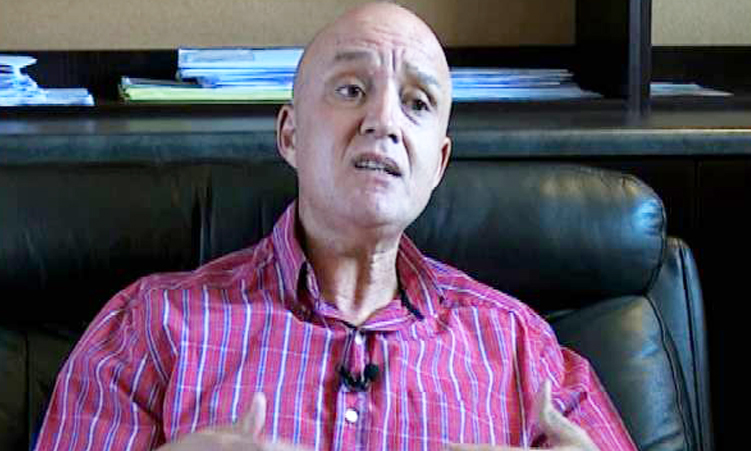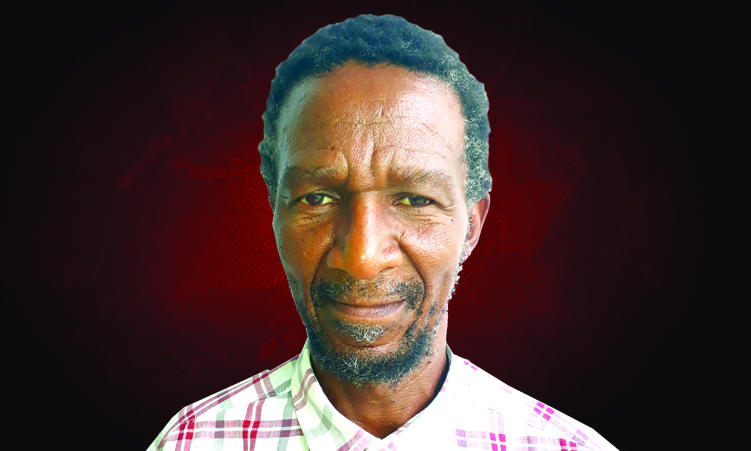The battle at Narudas in March 1905 between Jakob Marengo’s guerilla army and the German colonisers was on the same scale as the encounter at Hamakari.
That confrontation – on the eastern part of the Karas mountains – involved 300 to 400 Marengo fighters from many different language groups.
With only rifles to hand, they faced 1 000 heavily armed German soldiers with six Maxim machine guns and 14 Krupp Mountain guns.
It was a German army almost on the scale that Lothar von Trotha used against Maharero’s anti-colonial combatants in August 1904.
This time, however, the anti-colonial forces won, and represents the greatest military victory against colonialism in Namibian history.
So why is there silence in Namibia about such a major event?
We must continue to set the historical record straight and should celebrate this incredible achievement.
PERSPECTIVES
In a remarkable piece in The Journal of Namibian Studies on Edward Pressgrave, a young ‘white’ Australian who fought alongside Marengo, Peter Curson raises several important issues.
More people died in Namibia’s 1904-08 war of anti-colonial resistance than in the so-called Anglo-Boer war (1899-1902).
But the focus has been on the South African war (in which many ‘black’ and ‘brown’ South Africans also perished) maybe because of the large number of ‘white’ people killed.
The 1899 war saw as many as 2 000 ‘white’ Afrikaners (Dutch colonisers) move across the Gariep River and work as scouts and transport riders for the Germans during our 1904 war.
Some also acted as spies and arrested Namibian anti-colonial fighters.
Pressgrave lived with Marengo’s guerilla army for three months in the Karas mountains in early 1905.
He was therefore involved in all three key encounters with the Germans – Narudas, Leukop and Narus – between March and June 1905.
On 28 September 1905, Pressgrave, at age 24, was enticed across the border into Namibia by two ‘white’ Afrikaner police – each paid 50 pounds for it by the Germans – and was shot without trial.
So, the Dutch colonisers have a strong case to answer in terms of reparations.
Marengo was killed almost exactly two years later – on 20 September 1907 – by the British, who should also be held accountable for compensation.

MASSACRED
Marengo died because of collaboration between the British and the Germans.
The British, Dutch, and German colonisers were worried Marengo could spark an uprising throughout southern Africa.
After being released from Tokai prison (Cape Town), Marengo was on his way to join up with Simon Kooper to continue the war of anti-colonial resistance.
When major Elliot of the Cape Mounted Rifles caught up with him at Eenzamheid in the Gordonia region, the colonisers showed no mercy: ”(A)t one point 60 men unleashed continuous firing on Marengo’s party for 10 minutes, firing about 5 000 rounds.” (Martin Legassick)
The seven people massacred with Marengo included his son (Samuel Marengo), his three nephews (Michael, Hendrick, and Johannes Damara), and his secretary (Saul Damara).
Marengo was born around 1875 in the Karasburg area and raised by Cornelius Damara in Pella in Little Namaqualand (Nama Khoe people’s land) where he was well-educated at the Catholic missionary school.
The Pella mission was founded in 1882 by bishop John Simon – the ‘bishop of the Hottentots’ – by the French-Austrian Oblates of St Francis de Sales.
Another mission was started in 1896 in Heiraxabis (outside Karasburg in Great Namaqualand) and run by father Malinowksi who later frequently interacted with Marengo during peace efforts.
In the final analysis, Marengo was a political product of the sense of self-sacrifice and discipline of Catholicism, and the radical Pan-Africanism of the ‘brown’ Afrikaners.
He was unfortunately killed at age 32.
Cecil John Rhodes’ man in Gordonia, Scotty Smith, was probably responsible for later selling Marengo’s skull to an overseas (eugenics) museum.
It might therefore not be possible to locate the skull of Namibia’s main anti-colonial leader.
SURVIVAL
A strong continuity existed between the Orlam Afrikaners and Marengo, whose first guerilla army came from Riemvasmaak, part of the ‘brown’ Afrikaner territory in the 1800s.
They were descendants of the original Afrikaners who fled Namibia to escape persecution by the Germans.
In the process, many Orlam Afrikaners changed their surnames – as a survival strategy – to Damara, Adams, Tak, Langbooi, Galant, etc. The Marengos would do the same later to become Konjore, Humphries, Basson, etc.
Colonialism destroyed identities.
LEGACY
Like Jonker Afrikaner, Marengo founded a formidable resistance force that fought heroically.
Jonker kept colonisers out of Namibia, and Marengo opposed German colonialism.
Both used //Khauxa!nas as a safe haven.
It was established by Orlam Afrikaners as the first settlement/town in Namibia and, more than a century later, was Marengo’s primary hiding place or guerilla base.
By September 1905, after the three clashes with the Germans, Marengo shifted from //Khauxa!nas to Riemvasmaak, confirming the significant role of that settlement in Namibian history.
It is noteworthy that Marengo was politically independent and didn’t represent any tribal structure. For instance, he had strong links with the Witboois, and his righthand man was Adam Witbooi.
His anti-colonial struggle was forging a nation in the making. A tribal or ethnocentric narrative of Namibian history is simply mistaken.
Marengo’s legacy must live on as he embodies the true Namibian identity. One Namibia, one nation!
- This article is dedicated to Ottilie Abrahams who started the Jakob Marengo school that keeps his memory alive
- The authors are members of the Marxist Group of Namibia
Stay informed with The Namibian – your source for credible journalism. Get in-depth reporting and opinions for
only N$85 a month. Invest in journalism, invest in democracy –
Subscribe Now!








